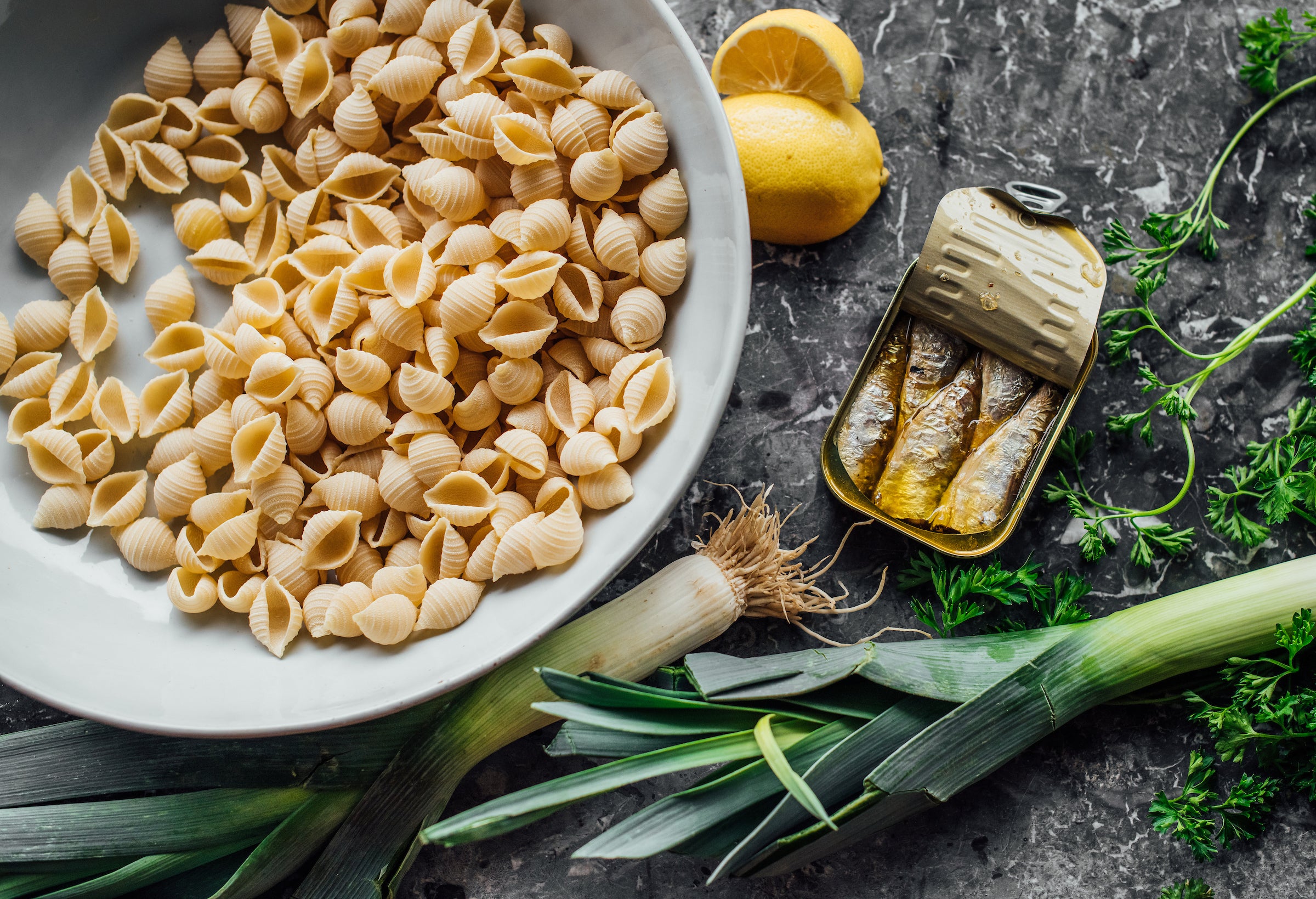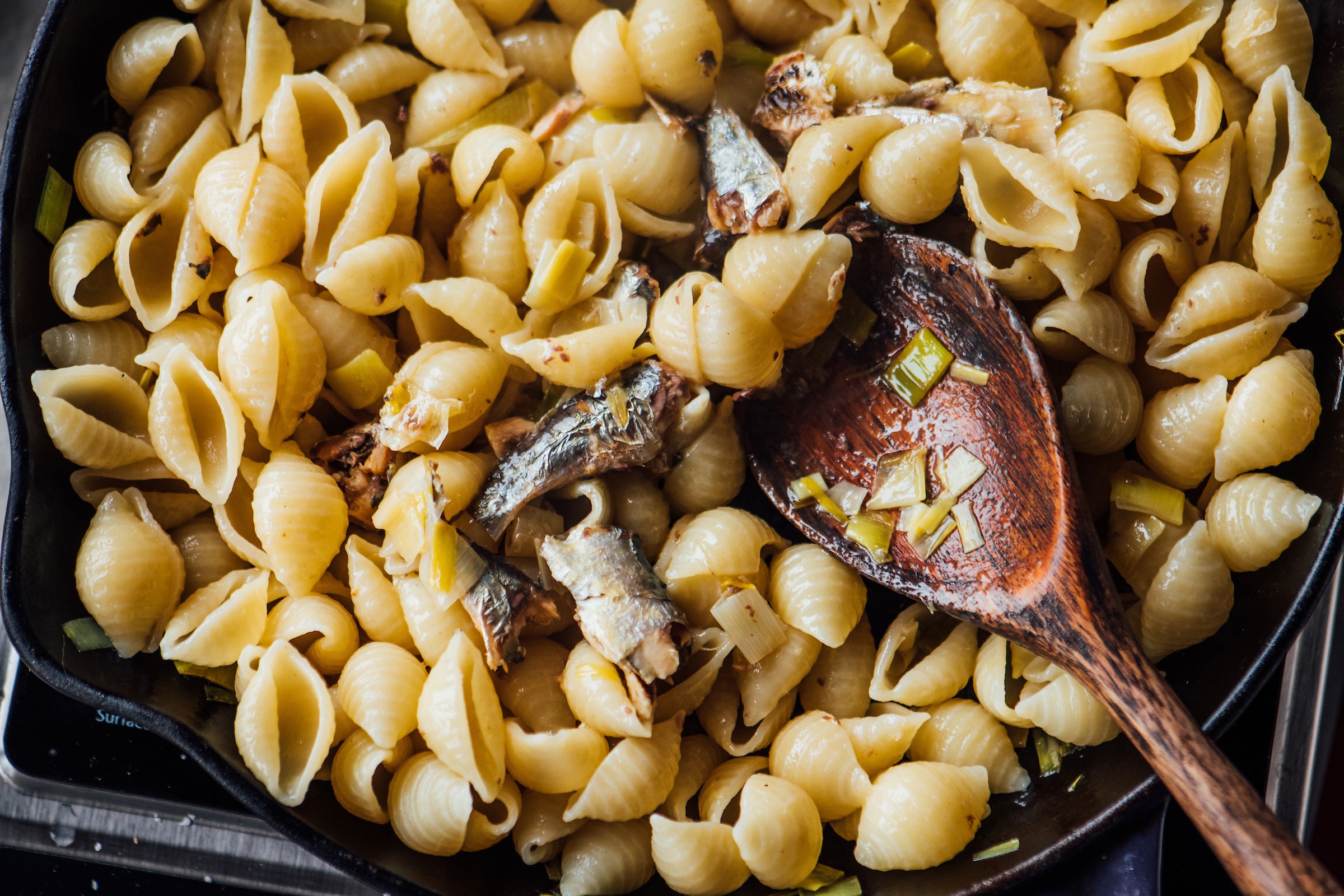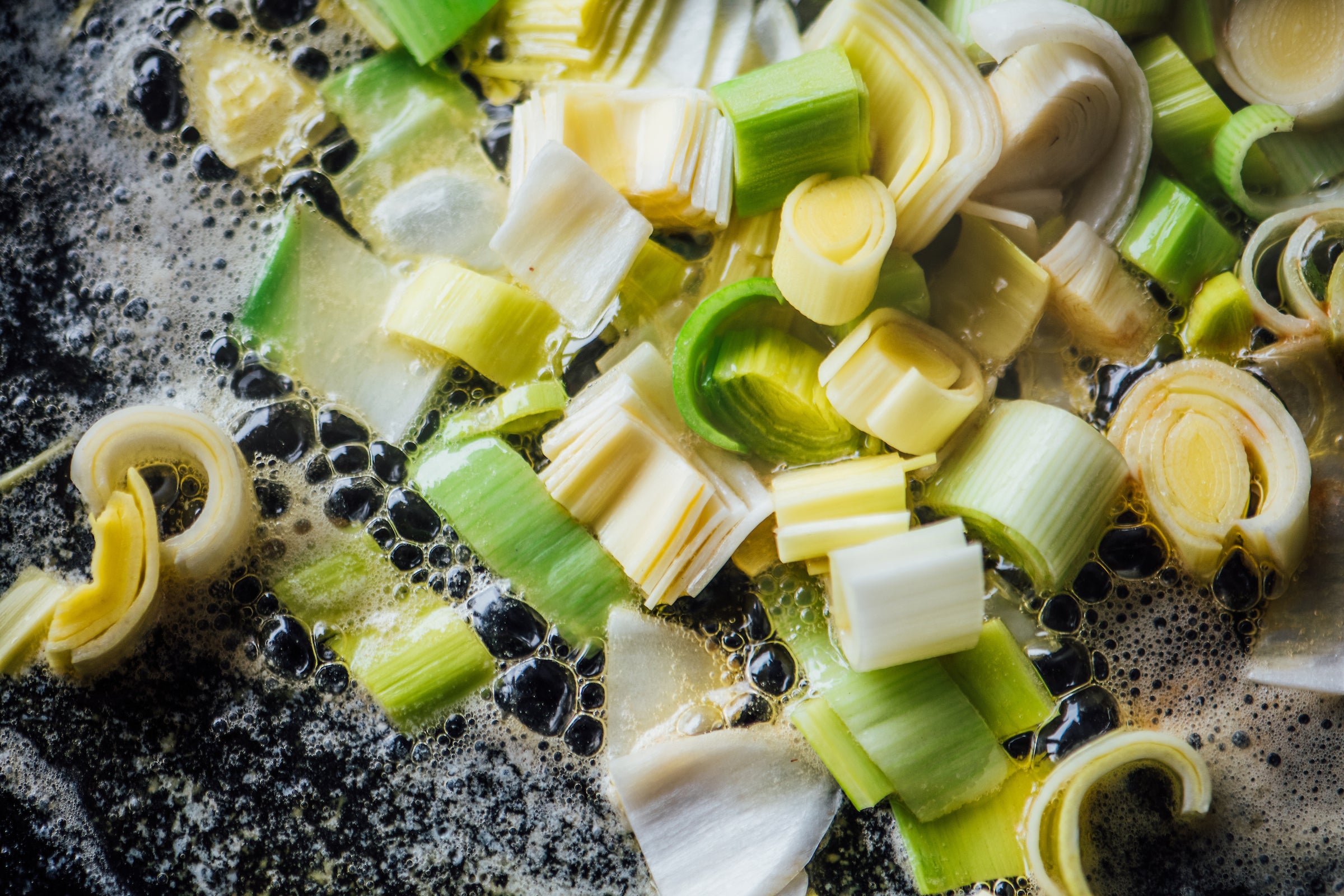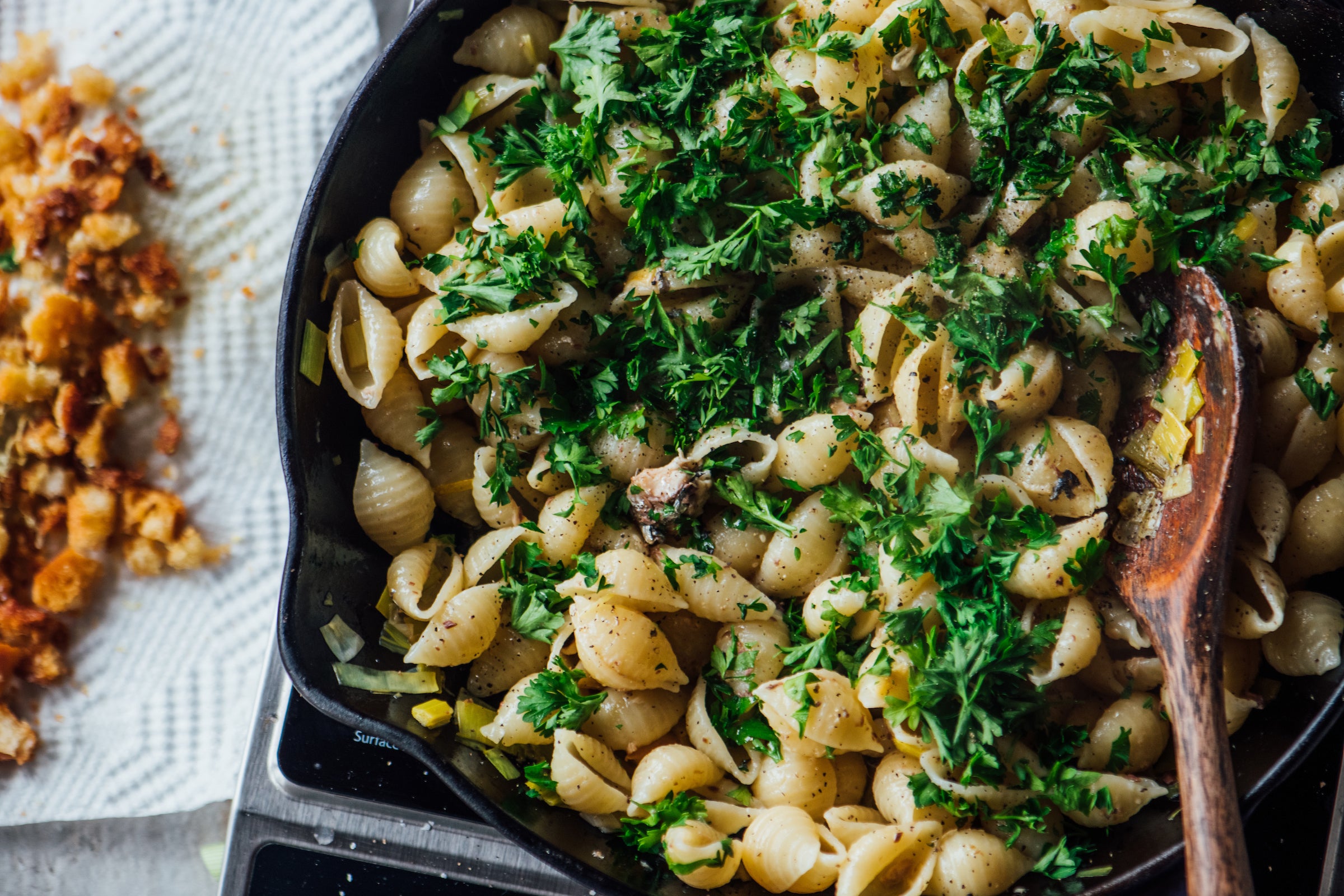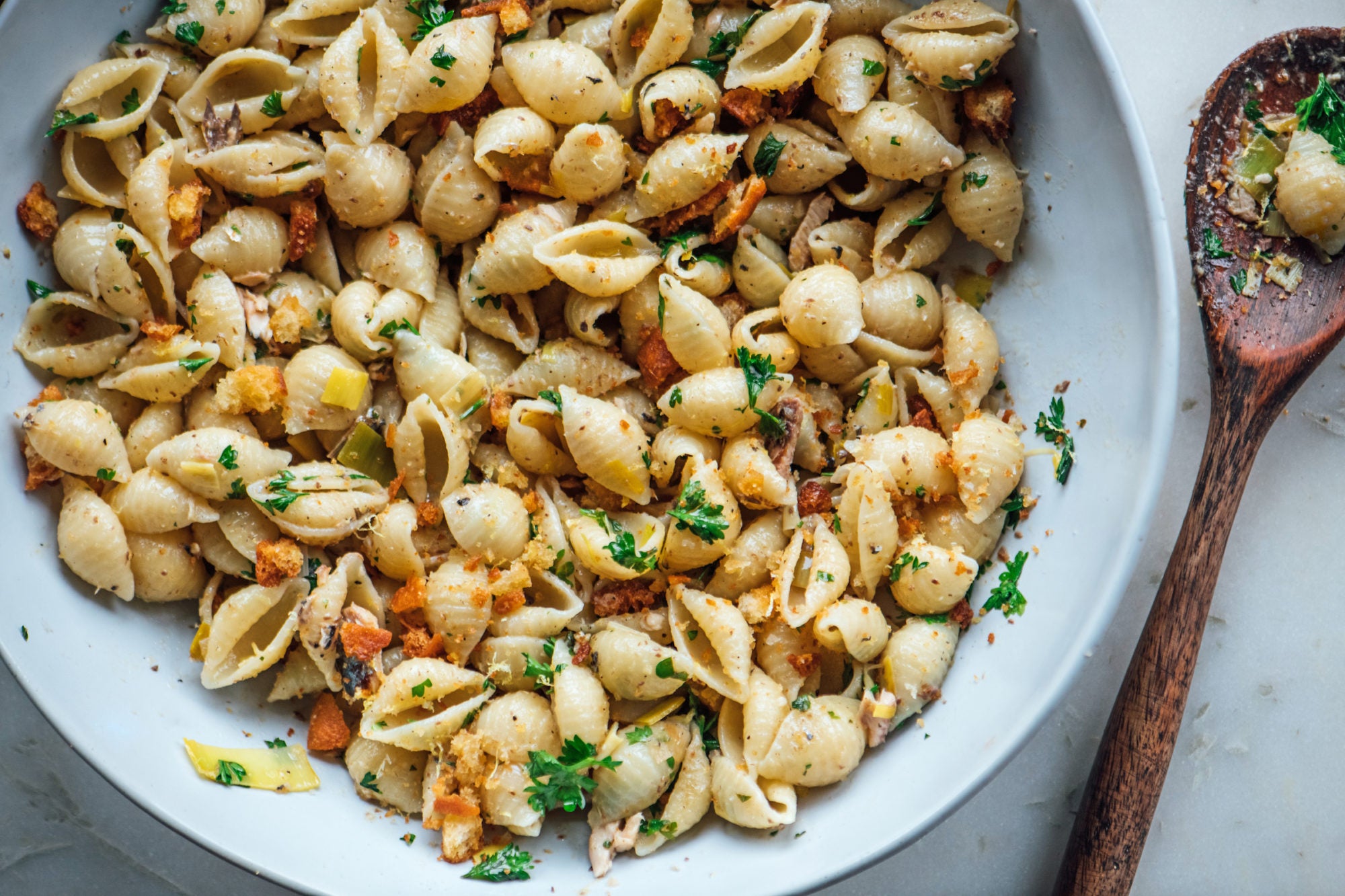
Cooking the pasta, salting the pasta, emulsifying the pasta. These are things to think about.
Sometimes a food question is hard to answer, and sometimes that question involves making a great pasta dish at home. So why doesn’t your stove-top rigatoni Bolognese taste like the rigatoni Bolognese at your favorite local spot? Sure, your version is pretty good, but it lacks the harmony of seasoning (salt), balance (acid), and richness (fat). Thanks for letting us borrow that, Samin!
The answer is actually pretty simple and comes down to technique. Great pasta is achieved when the sauce emulsifies (the oil and water magically stick together) and coats the noodles at the precise moment when the pasta is perfectly cooked. Determining whether you’ve followed this process is pretty easy. When you’ve finished eating, there should be virtually no sauce left in the bottom of the dish because all of the sauce stuck to the noodles.
Think back to those restaurant pastas. There’s no sauce! But this can’t happen if you boil your spaghetti, plate it, and then top it all with a ladleful of ragu. The hard part is getting the sauce to stick to the noodles so that you get a little bit of everything in each bite, and there’s a simple, often-omitted step that makes all the difference: cooking the pasta together with the sauce.
Before we get started, let’s talk rules of engagement. For every sauce, there’s a perfect shape, and there are some guidelines for the pairings: The chunkier the sauce, the stubbier the pasta (little ear-shaped orrechietti with sausage and broccoli). The thinner the sauce, the thinner the noodle (long and skinny capellini with garlic and butter). The thicker, the thicker (spaghetti carbonara).
And then there are the nooks, crooks, ridges, crags, and crannies that serve to sop up the soupy sauces (penne alla vodka). If you find this a little confusing or downright intimidating, then you’ll be happy to know that every shape works well with a simple tomato sauce.
Once you’ve decided on your sauce and which pasta to use, you need to cook the noodles properly. The number one mistake home cooks make is cooking their pasta in a crowded pot. Pasta needs room to swim. Why? Temperature. To cook properly, the water needs to boil constantly; when you pack too much pasta into a pot, it stops the boiling, elongating the process and allowing the noodles to get soggy and producing a gummy and subpar result. The best way to keep the water boiling is to use a large volume of water (1 gallon for every pound of pasta) in a large pot, and keep the water temperature above the magic 212°F degrees. So, to repeat: That thing where you dump a ton of pasta into a small pot of boiling water and the bubbling hot tub goes silent? Don’t do that.
Salting the water also helps. In addition to seasoning the pasta as it cooks, the salt ionizes into particles, which interfere with the water molecules raising the boiling temperature, cooking your noodles faster. A quarter cup of kosher salt per gallon of water is the perfect amount. Also, covering your water and salting it after it comes to a boil rather than at the beginning will speed up the process significantly.
When your plentiful pot of salty water is happily boiling, set a timer for 2 minutes less than instructed on the package for al dente (toothsome and not overcooked), add your pasta, and give it a stir every 30 seconds so it doesn’t stick together or settle on the bottom of the pot to burn. Yes, reader, you need to watch your pasta boil if you want the end result we are promising. While it may be difficult to imagine, burning something in boiling water is equal parts possible and embarrassing, I assure you. Once the water comes back to a rolling boil, the movement of the water should be enough to continually agitate the noodles and keep them from burning on their own.
Now for the golden technique. While your pasta is cooking away, heat your sauce in a separate pot and prepare a colander in the sink to strain your pasta the moment the timer dings. If you’re fancy, you place the bowls you intend to serve your pasta in under the strainer so they are heated by the draining pasta water—a nice touch—but let’s not get ahead of ourselves. When the timer chimes, immediately (and carefully) drain your pasta, shaking off the excess water, and dump it back into the cooking pot. Whatever you do, and whatever your Midwestern parents have taught you, DO NOT rinse your pasta. Resist the urge.
Pour the readied sauce over the top, add ¼ cup of water from the tap (some chefs use the starchy pasta cooking water for this, but the salty water can overseason your pasta if you’re not careful), and return the pot to the stove to continue cooking over a medium heat while gently stirring constantly.
The idea here is to cook the pasta for its final 2 minutes in the sauce, while adding more water, a few tablespoons at a time, to moisten the mixture as the noodles soak up the sauce. The starch from the pasta acts as an emulsifier, binding the water and fat together so the sauce coats the noodles properly. Additionally, you’ll be able to constantly taste to monitor the seasoning and doneness of the noodles, ensuring perfectly seasoned and cooked pasta every time.
There’s a magic moment when the sauce emulsifies that can be identified by a telltale velvety texture and dull translucent luster. If you take it too far, the water evaporates beyond its ability to hold the fat and the sauce will break into glossy beads of grease. If this happens, simply add more water and continue cooking and stirring until it comes back together. Properly cooked pasta is meant to be eaten immediately, so call your family to the table and ready the cheese grater before you embark.
Recipe: Shell Pasta With Braised Leeks, Tinned Sardines, and Fried Bread Crumbs
TASTE editor in chief Matt Rodbard and chef Daniel Holzman are friends. Matt has many food and home cooking questions. Daniel has many food and home cooking opinions. This is called 100 Questions for My Friend the Chef.
